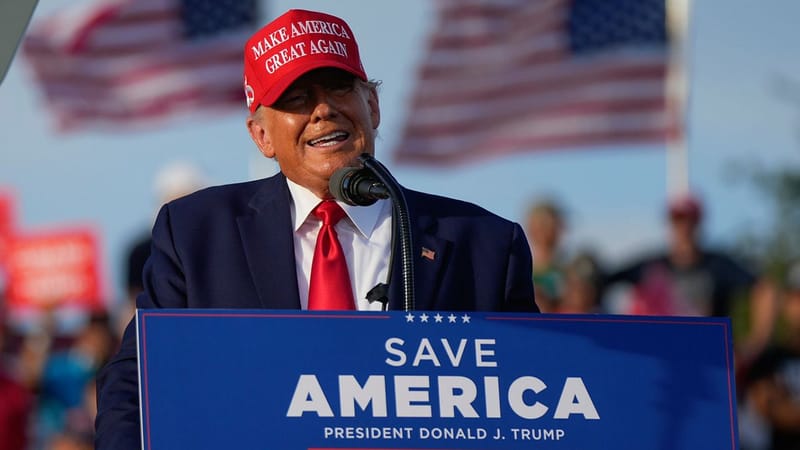U.S. Tariffs Spark Economic Tensions with China
New Levies Threaten Global Trade Stability as Beijing Vows Retaliation A fresh wave of U.S. tariffs on Chinese imports has ignited economic tensions between the world’s two largest economies, raising fears of a deepening trade war that could ripple across global markets. President Donald Trump’s administration imposed
New Levies Threaten Global Trade Stability as Beijing Vows Retaliation
A fresh wave of U.S. tariffs on Chinese imports has ignited economic tensions between the world’s two largest economies, raising fears of a deepening trade war that could ripple across global markets. President Donald Trump’s administration imposed an additional 10% tariff on $200 billion worth of Chinese goods effective April 8, 2025, targeting electronics, machinery, and consumer products. The move, announced late last week, builds on existing duties and marks the latest escalation in a tit-for-tat trade dispute that has simmered since Trump’s first term.
The White House framed the tariffs as a response to China’s alleged failure to curb the flow of fentanyl precursors into the U.S., alongside longstanding grievances over intellectual property theft and trade imbalances. “China’s been taking advantage of us for too long,” Trump declared in a press briefing on April 7. “These tariffs will level the playing field and protect American workers.” U.S. Trade Representative Jamieson Greer echoed this sentiment, asserting that the measures would force Beijing to “rethink its unfair practices.”
China swiftly condemned the move, with Foreign Ministry spokesperson Lin Jian calling it “economic coercion” that undermines global trade rules. In a statement on April 8, Beijing promised “resolute countermeasures,” hinting at retaliatory tariffs on American exports such as agricultural goods and energy products. Analysts predict China could impose duties as high as 34% on U.S. imports, mirroring previous responses during Trump’s first trade war in 2018-2019.
The economic stakes are high. The U.S. imported over $400 billion in goods from China last year, while China relies on a trillion-dollar trade surplus to bolster its slowing economy. Economists warn that the tariffs could disrupt supply chains, raise consumer prices in the U.S., and exacerbate China’s deflationary pressures. “This isn’t just a bilateral spat—it’s a global problem,” said Nancy Lazar, chief economist at Piper Sandler. “Higher costs will hit American households, and China’s export-led recovery could stall.”
Markets reacted sharply, with the Dow dropping nearly 4% on April 8 as investors braced for fallout. Tech giants like Apple and Nike, heavily reliant on Chinese manufacturing, saw steep share declines. Meanwhile, the Chinese yuan held steady against the dollar, a sign that Beijing is prioritizing currency stability amid the uncertainty.
The tariffs come at a delicate moment. China’s leadership, under President Xi Jinping, has been rolling out fiscal stimulus to shore up domestic demand, but exports remain a critical growth engine. On the U.S. side, inflation-weary consumers face the prospect of pricier goods, from smartphones to household appliances. “It’s a lose-lose scenario,” said Zhiwu Chen, a finance professor at HKU Business School. “Both sides are doubling down, but the collateral damage will be felt worldwide.”
International calls for de-escalation have grown louder. The International Monetary Fund’s Kristalina Georgieva urged dialogue, warning that “sluggish global growth” could worsen. Allies like Japan and the European Union, caught in the crossfire of Trump’s broader tariff threats, are weighing their own responses, with some hinting at reciprocal levies on U.S. exports.
As the U.S. and China dig in, the prospect of negotiations remains dim. Trump has signaled openness to talks but insists Beijing must act first on fentanyl and trade concessions. Xi, meanwhile, is set to meet with Southeast Asian leaders this week, potentially seeking to bolster alternative trade partnerships. For now, the world watches as economic tensions teeter on the brink of a full-blown trade war.


